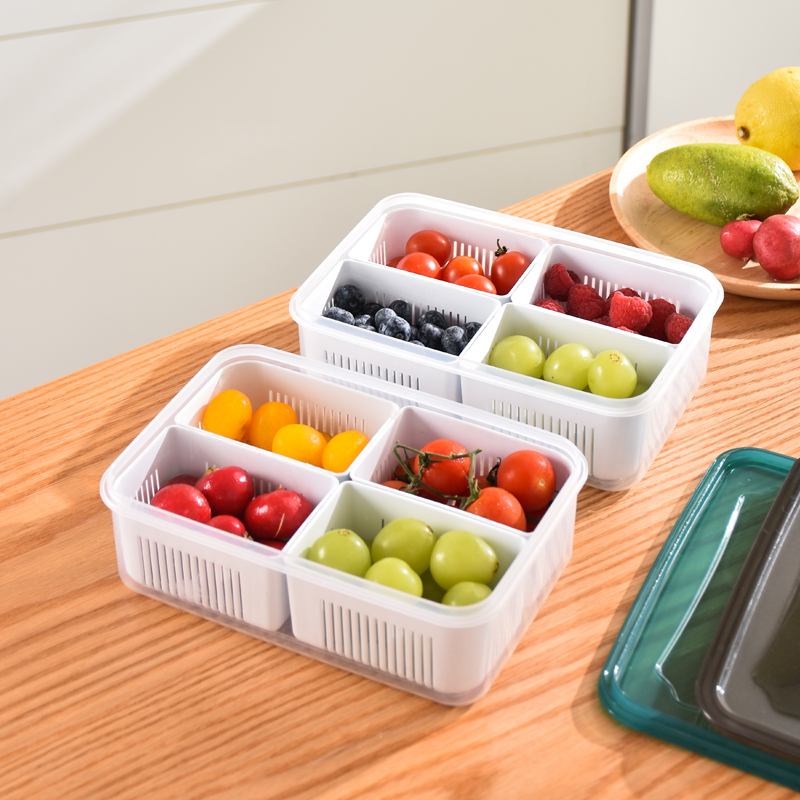When it comes to food storage, safety is a top priority. Plastic containers are a popular choice due to their convenience, affordability, and durability. However, not all plastic containers are created equal, and some may pose health risks when used improperly. Understanding which plastics are safe for food storage can help you make informed choices for your kitchen and your family's well-being.
Understanding Plastic Codes

Most plastic containers have a small triangle with a number inside, known as the resin identification code. This code indicates the type of plastic used and can help you determine whether it's safe for food storage. Here's a breakdown of the most common codes:
1. PET or PETE (Polyethylene Terephthalate)
- Commonly used for water bottles and soda bottles.
- Generally safe for single-use but not recommended for repeated use due to potential leaching of chemicals over time.
2. HDPE (High-Density Polyethylene)
- Found in milk jugs, juice bottles, and some food storage containers.
- Considered one of the safest plastics for food storage as it is durable and resistant to leaching.
3. PVC (Polyvinyl Chloride)
- Often used in cling wraps and some food containers.
- Not recommended for food storage as it may release harmful chemicals like phthalates.
4. LDPE (Low-Density Polyethylene)
- Used in bread bags, frozen food bags, and some squeezable bottles.
- Safe for food storage but not as heat-resistant as other plastics.
5.PP (Polypropylene)
- Commonly used in yogurt containers, takeout boxes, and reusable food storage containers.
- Considered one of the safest options due to its heat resistance and durability.
6. PS (Polystyrene)
- Found in disposable plates, cups, and takeout containers.
- Not recommended for food storage as it may leach harmful chemicals, especially when heated.
7. Other (Mixed Plastics)
- A catch-all category that includes polycarbonate and other plastics.
- Some #7 plastics contain BPA, a chemical linked to potential health risks. Look for BPA-free labels if using #7 plastics.
Tips for Safe Food Storage
- Opt for BPA-Free Containers: When purchasing plastic containers, look for those labeled "BPA-free" to minimize exposure to harmful chemicals.
- Avoid Heating Plastic: Avoid microwaving food in plastic containers unless they are specifically labeled microwave-safe, as heat can cause chemicals to leach into your food.
- Replace Worn Containers: Discard plastic containers that are scratched, cracked, or discolored, as these may be more likely to release chemicals.
- Use Glass or Stainless Steel Alternatives: For added peace of mind, consider switching to glass or stainless steel containers, which are non-toxic and eco-friendly.
Conclusion
Not all plastics are suitable for food storage, but by paying attention to resin identification codes and following safety guidelines, you can reduce potential risks. When in doubt, consider alternative materials like glass or stainless steel for a safer and more sustainable option. Your health and the environment will thank you!